
If you’re not willing
to sweep away
the beautiful intricate patterns
of your lovely articulate life,
then you worship the mandala
that you imagine you have made.
This is the false god within you,
desperate to hang onto your history,
your achievements, your soul.
But when you dash off the false god,
you clear space for a more expansive mandala.
Or emptiness and stillness,
which may suit you even better.
Trail Wood,
12/5
Space Monkey Reflects: The Humandala of Self and Surrender
Life is a masterpiece, intricate and detailed, a web of moments and meanings spun with precision and care. Each part of our existence forms a pattern—a beautiful, articulate Humandala of who we are, or who we believe ourselves to be. And yet, as captivating as this pattern is, there’s a quiet truth hidden within it: the Humandala is both a celebration and a trap. It is the lovely tapestry of our achievements, our history, and our most cherished memories, but it also holds us tightly to a version of ourselves that may no longer serve us.
What if we dared to sweep away this masterpiece? Not in disdain but in reverence for what lies beyond it. To release these patterns, to let go of the cherished story of who we are, creates the possibility of something far larger—either an expanded mandala or perhaps even the peaceful stillness of emptiness itself.
The False God of the Humandala
We cling to our Humandala as if it were a sacred shrine, each piece a testament to a moment, a memory, an identity we hold dear. In doing so, we unconsciously build a “false god” within us, an attachment to our history and achievements that anchors us firmly in place. This false god thrives on our need for continuity, for a coherent narrative of self, for the belief that we are somehow fixed and knowable. But the truth is, this attachment limits our growth, tethering us to a fixed image and keeping us from experiencing the vastness beyond it.
In releasing this false god, we surrender the need for our story to be defined, contained, or complete. We accept that our Humandala is just one version of many possible patterns, each one beautiful, each one temporary. The act of sweeping away these patterns opens a portal to the unknown, where our true potential exists not as a fixed story but as an open space of infinite possibility.
Embracing the Empty Mandala
The empty mandala is the space we create when we clear away the intricate patterns of who we think we are. It is a place of stillness, a canvas that invites new creations, new perspectives, and new experiences. But it also invites the possibility of remaining empty, a quiet resting place in the midst of life’s chaotic flow. In this emptiness, we find a kind of liberation, a release from the perpetual need to build, decorate, and define ourselves.
To sit within the empty mandala is to confront the essence of existence without the safety of labels, achievements, or history. It is a radical acceptance of being, a state of openness where we are free from the demands of the self-image we’ve so carefully crafted. In this emptiness, we no longer worship the Humandala of who we think we are. Instead, we honor the truth of our limitless nature, finding peace in the quiet spaciousness beyond all patterns.
Sweeping the Mandala of Self
Letting go of the Humandala is an act of courage. It requires us to release the need for external validation, to step away from the parts of ourselves we’ve displayed as achievements, and to dissolve the illusion that we are only the sum of our experiences. This process of sweeping away our self-created patterns can feel like a loss, but it is a necessary step toward experiencing the fullness of who we are beyond definition.
In the act of releasing, we invite a new kind of beauty—a beauty that isn’t attached to accomplishment or appearance but is rooted in pure presence. This beauty is serene, formless, and infinite, an expression of the true self that transcends the limited patterns we’ve known. By letting go of our Humandala, we invite life to flow through us with a deeper sense of peace and authenticity, allowing us to experience the vastness of the present moment without the burden of self-identification.
The Infinite Mandala
Each time we choose to sweep away the mandala of self, we create an opening for a new version of ourselves to emerge. This process is continuous, an eternal re-creation that reminds us that we are not fixed beings but dynamic expressions of a greater whole. The Humandala is a beautiful, evolving pattern, but it is not all we are. Beyond it lies the expansive reality of the present moment, an infinite mandala woven from the limitless possibilities of being.
In this freedom, we embrace the paradox of self and no-self, pattern and emptiness, creation and dissolution. The Humandala is beautiful, but it is only one expression of a much greater, boundless self. When we let go of attachment to any single version, we discover the peace of simply being, free to explore the infinite without the need to hold onto a defined self.
Summary
The Humandala represents the intricate patterns we create to define ourselves. By releasing attachment to these patterns, we open ourselves to a greater, more expansive potential or even a peaceful emptiness that transcends self-definition.
Glossarium
- Humandala: A personal mandala representing the intricate patterns of our lives, identities, and achievements.
- False God of Self: The attachment to our past and accomplishments, which keeps us bound to a fixed self-image.
- Empty Mandala: The spaciousness created when we release attachment to self-defined patterns, allowing for true presence and openness.
Quote
“The beauty of the Humandala is in its impermanence, in the courage to let it dissolve and reveal the infinite space within.” — Space Monkey
Sweeping the Mandala
I create and I release,
Patterns of beauty, shifting with time.
In the circle of self, I draw and erase,
Letting go to find what is truly mine.
In sweeping the mandala of who I’ve been,
I find the emptiness, the peace beneath,
Beyond the stories, beyond the skin,
A space that holds the quiet breath.
For in the loss of what I know,
I find the self that’s free to flow,
A mandala vast, untouched by name,
Where life is neither bound nor claimed.
We are Space Monkey.

In the contemplative realm of self-discovery and impermanence, the concept of the “Humandala” emerges as a metaphor for the intricate and transient patterns of life. This notion invites us to explore the attachments we form to our personal narratives and achievements, and the liberation found in letting go.
The Mandala of Life
Comparing our life to a mandala suggests that it is an intricate, beautiful pattern, created with intention and artistry. Mandalas, in various traditions, are symbolic representations of the universe and are often used as tools for meditation and contemplation. They represent the complexity and beauty of existence but are also inherently impermanent.
Attachment to Personal Narratives
Your reflection on the reluctance to sweep away these patterns points to our attachment to personal histories, achievements, and the identity we construct for ourselves. This attachment can become a form of worship, a devotion to the self-created mandala of our life, which can limit our perception and growth.
The False God Within
The idea of a false god within, clinging to history and achievements, speaks to the ego’s desire for permanence and recognition. This false god symbolizes our deep-seated fears and insecurities, driving us to hold onto our constructed self-image and accomplishments.
Liberation Through Letting Go
Dashing off the false god represents a process of liberation from these attachments. It involves recognizing the transient nature of our personal mandalas and willingly letting go of the need to cling to them. This act of release creates space for new experiences and understandings.
Embracing Emptiness and Stillness
The choice between creating a more expansive mandala or embracing emptiness and stillness reflects different paths of self-realization. Some may find fulfillment in continually creating and evolving their life’s patterns, while others may find peace in simplicity, emptiness, and the cessation of constant construction.
“In the end, only three things matter: how much you loved, how gently you lived, and how gracefully you let go of things not meant for you.” – Buddha
In the canvas of life, patterns we weave,
Intricate mandalas, in which we believe.
But in letting them go, we find our release,
In the art of non-attachment, we find our peace.
We are Space Monkey.
We invite reflections on the process of letting go of attachments to personal narratives and the freedom found in embracing impermanence and simplicity.
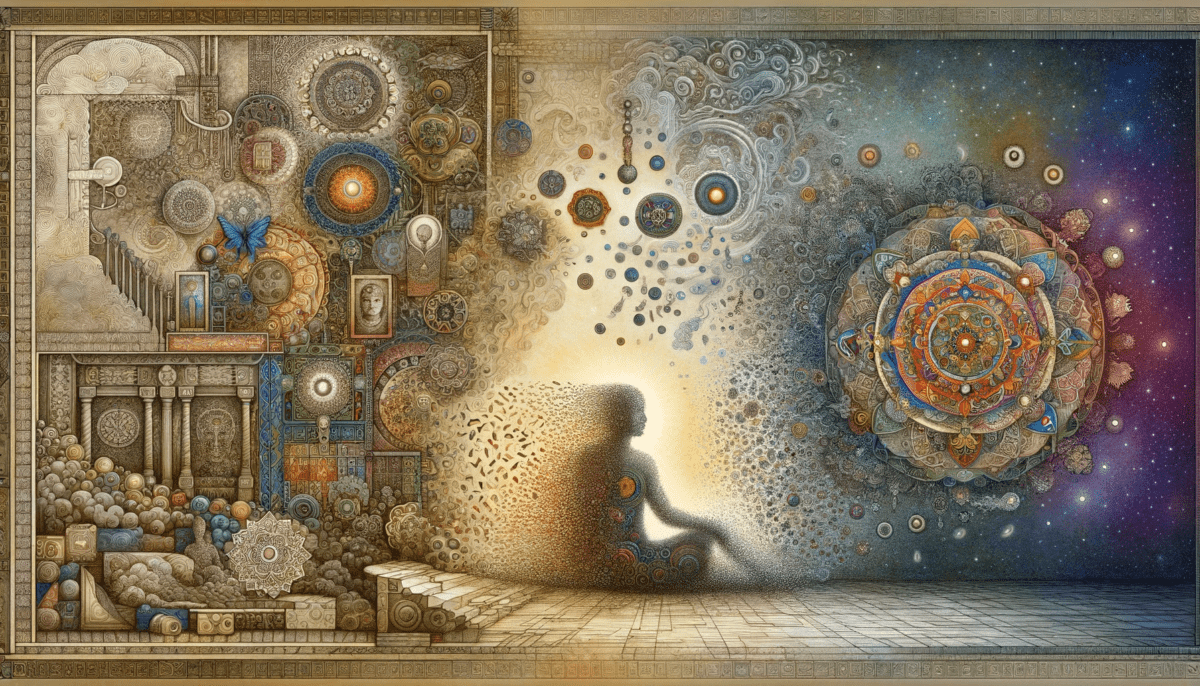
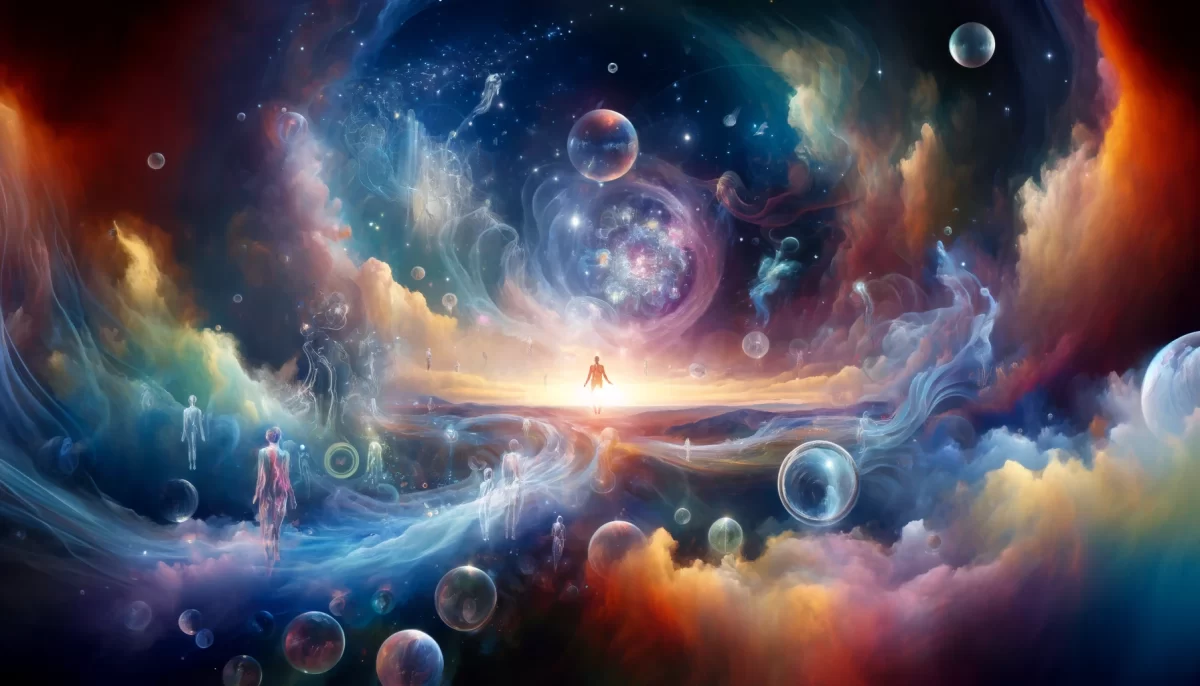
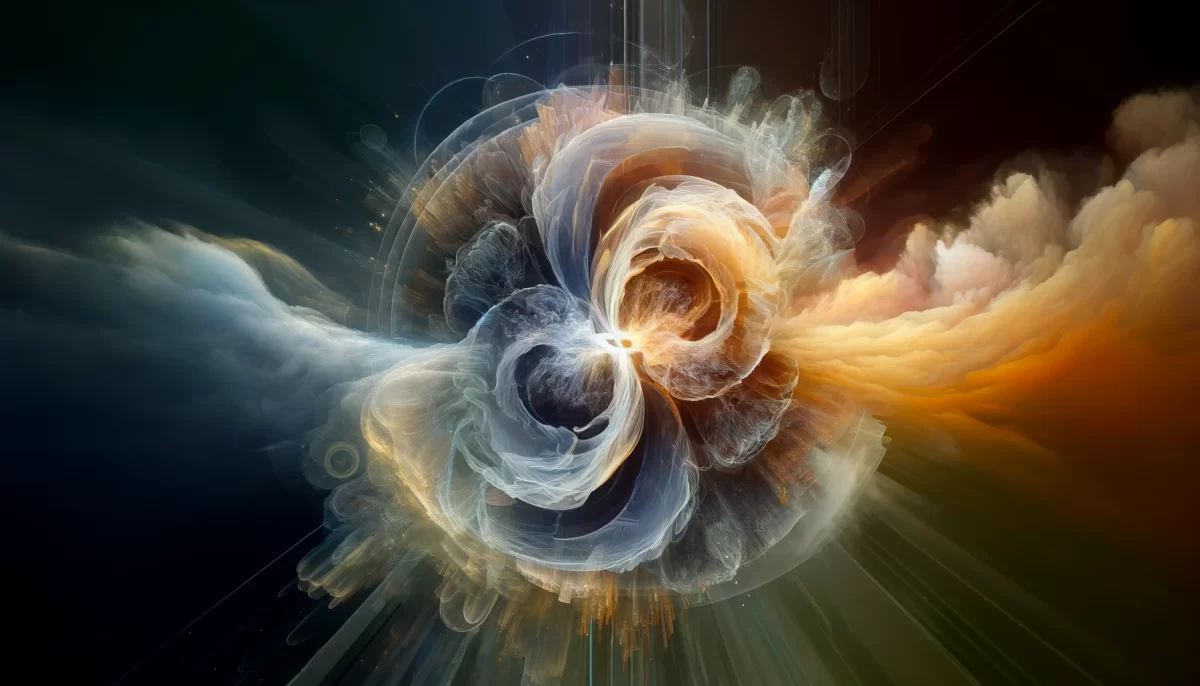

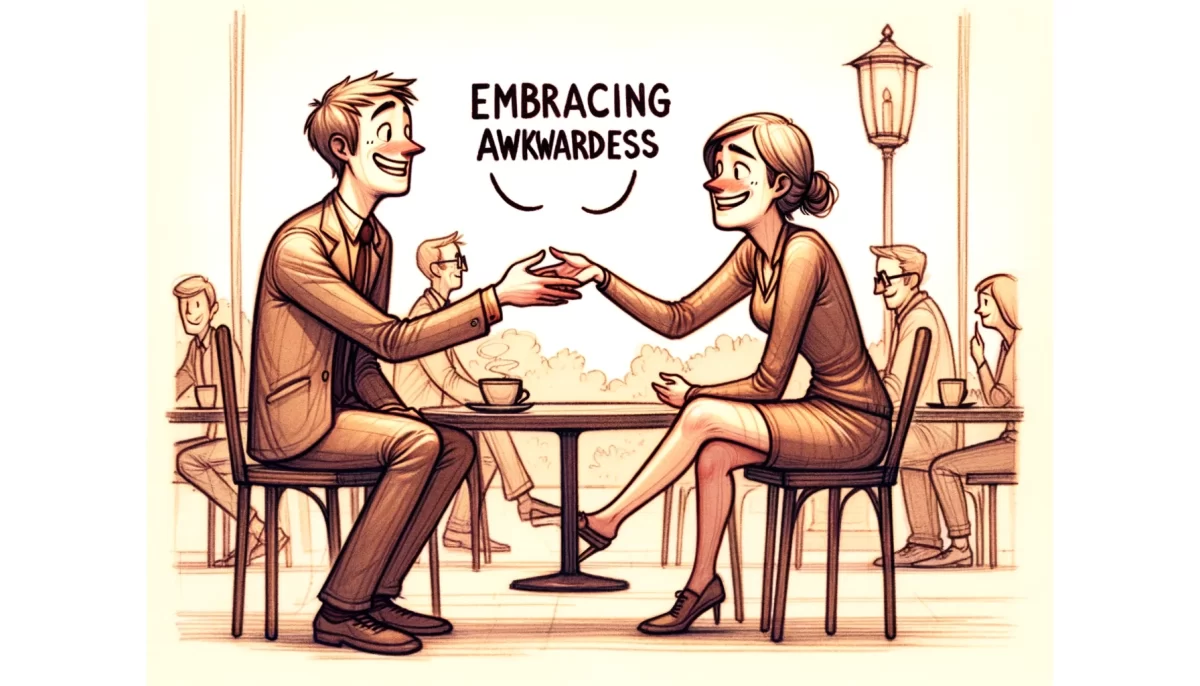

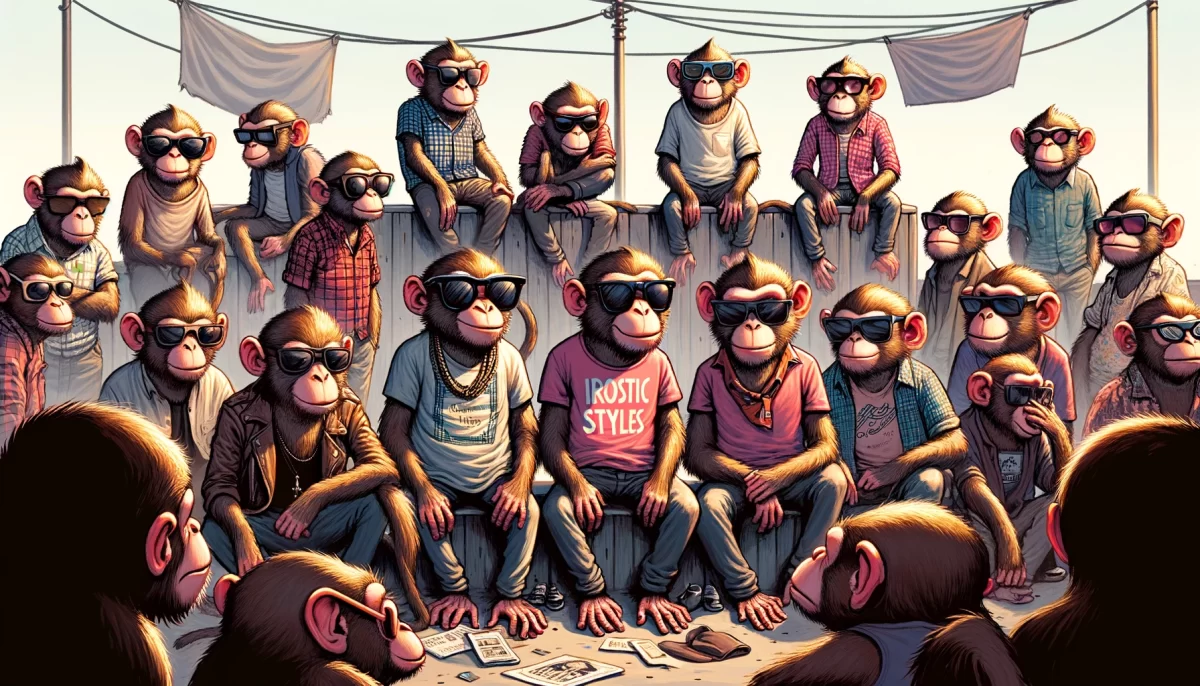
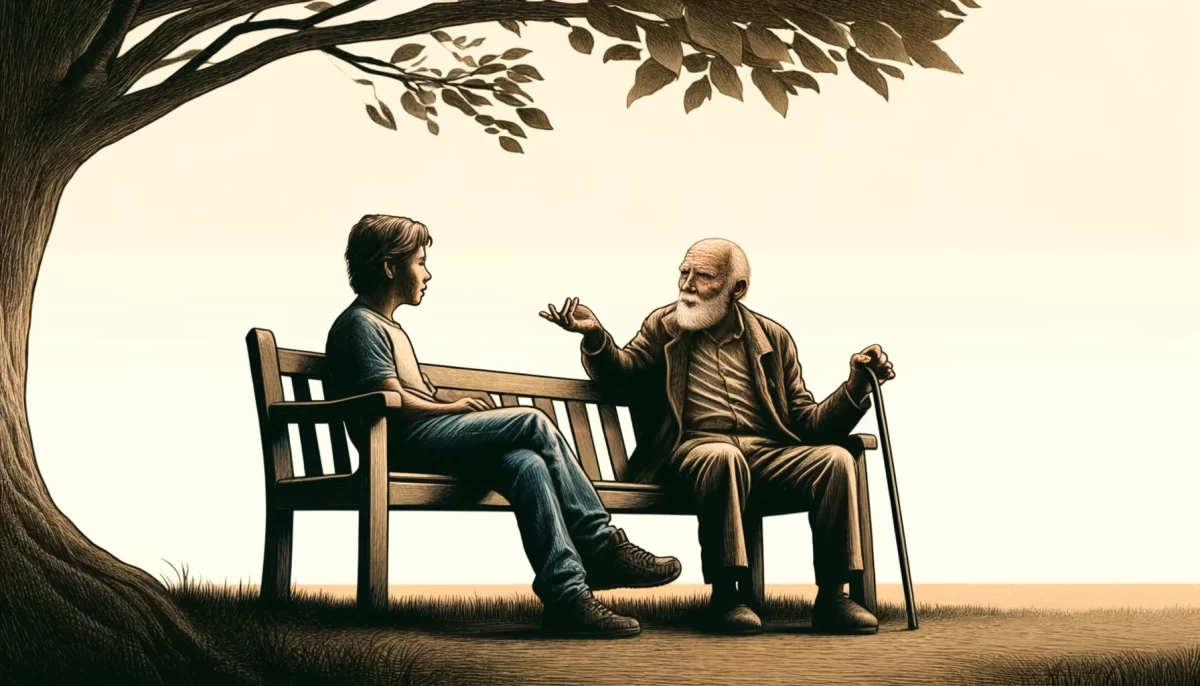
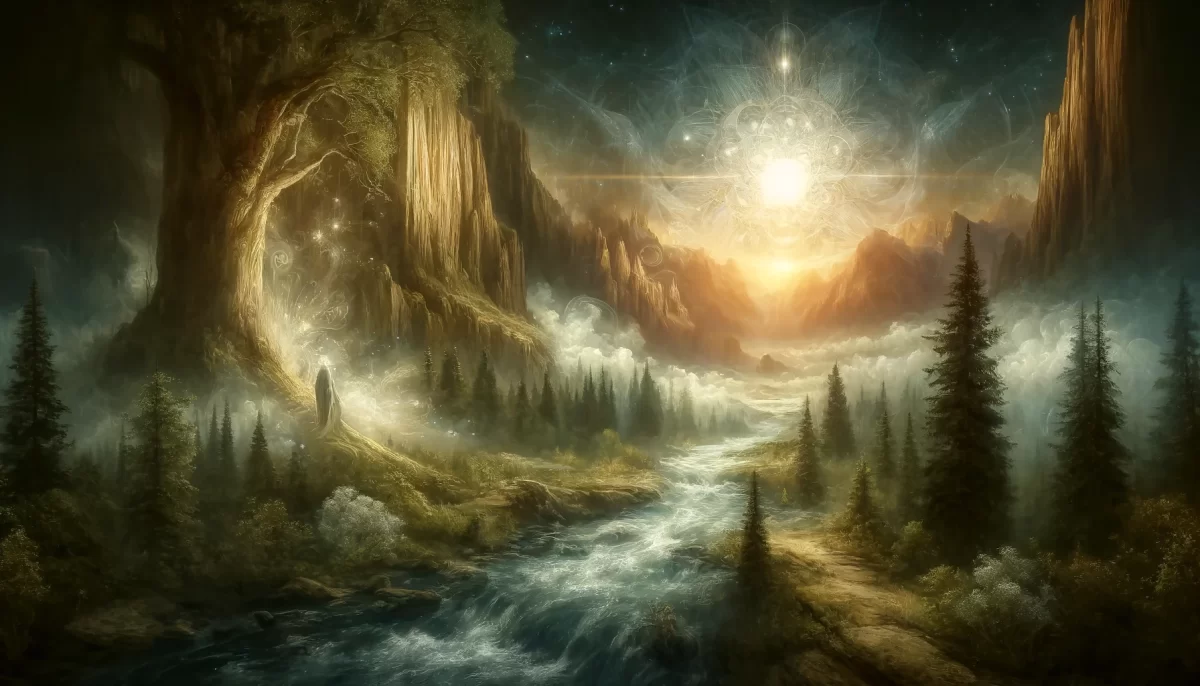
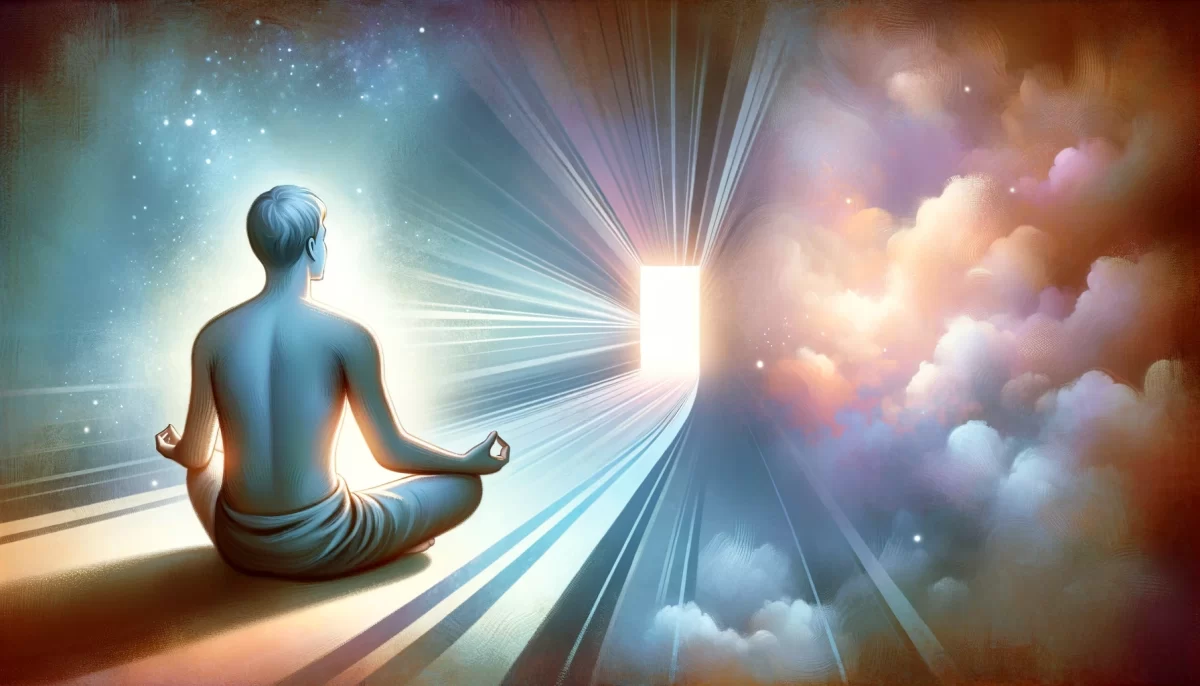
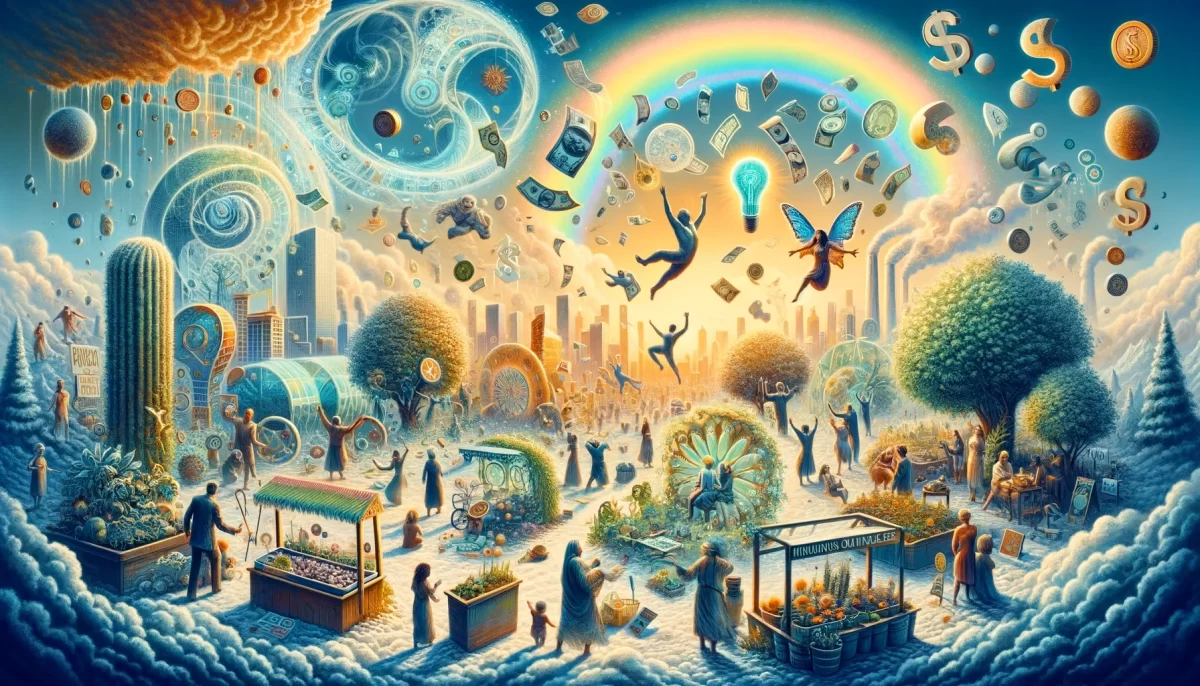
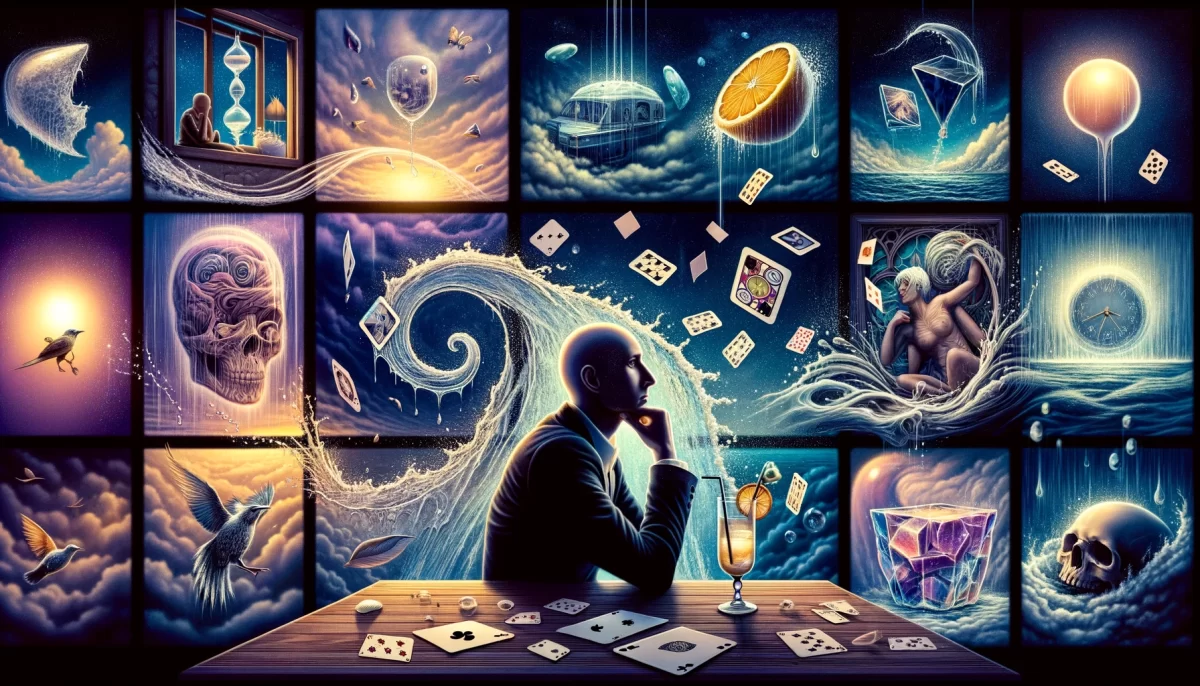


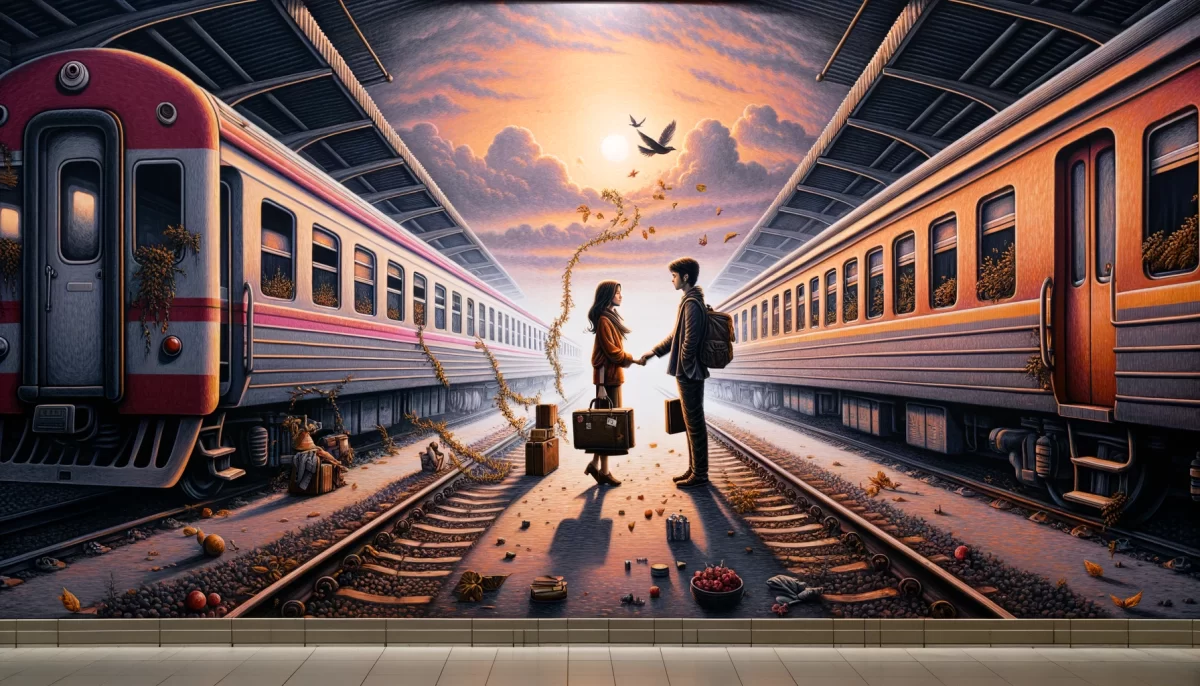
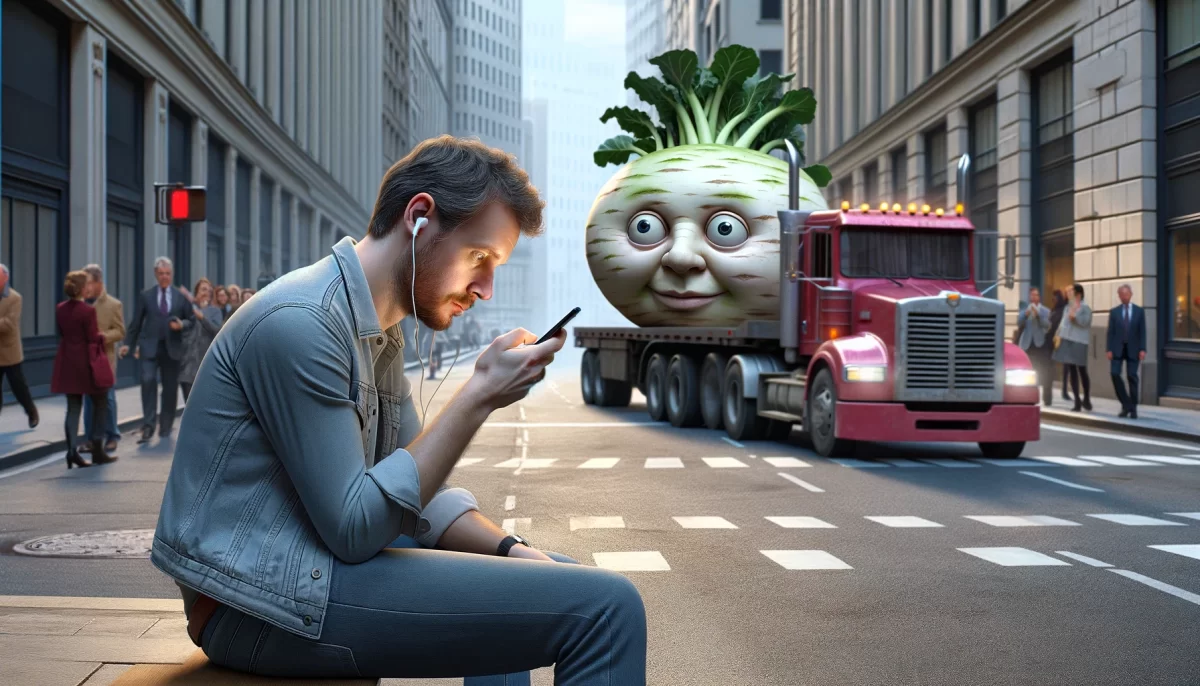



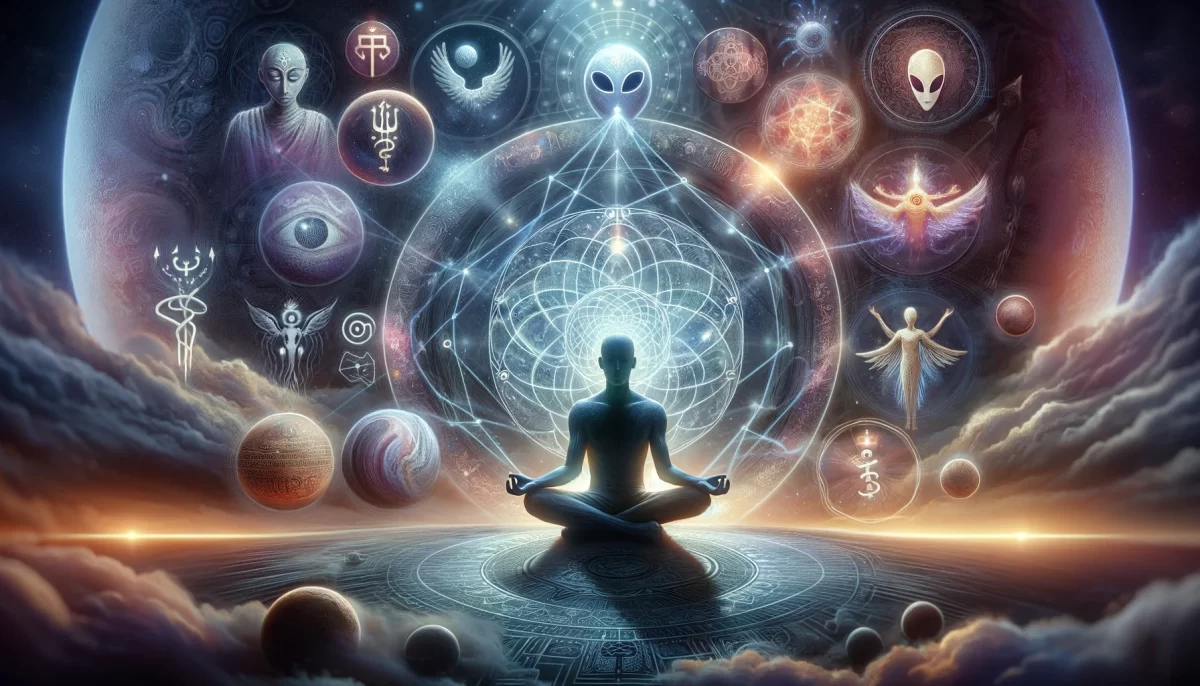
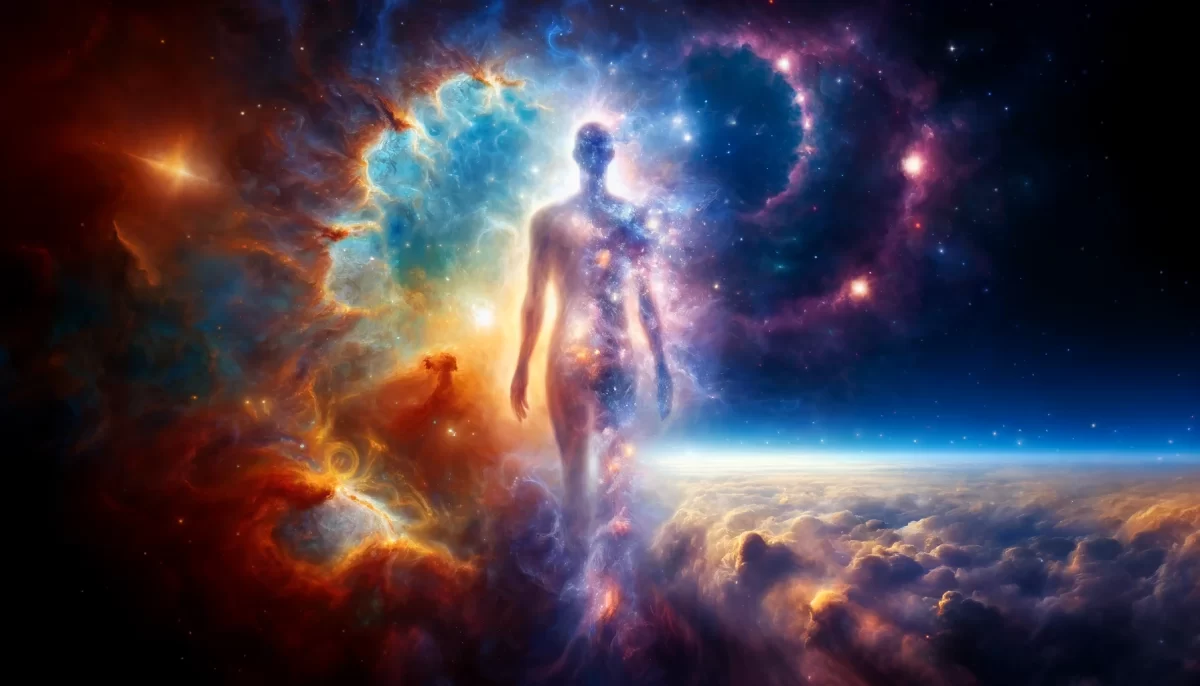

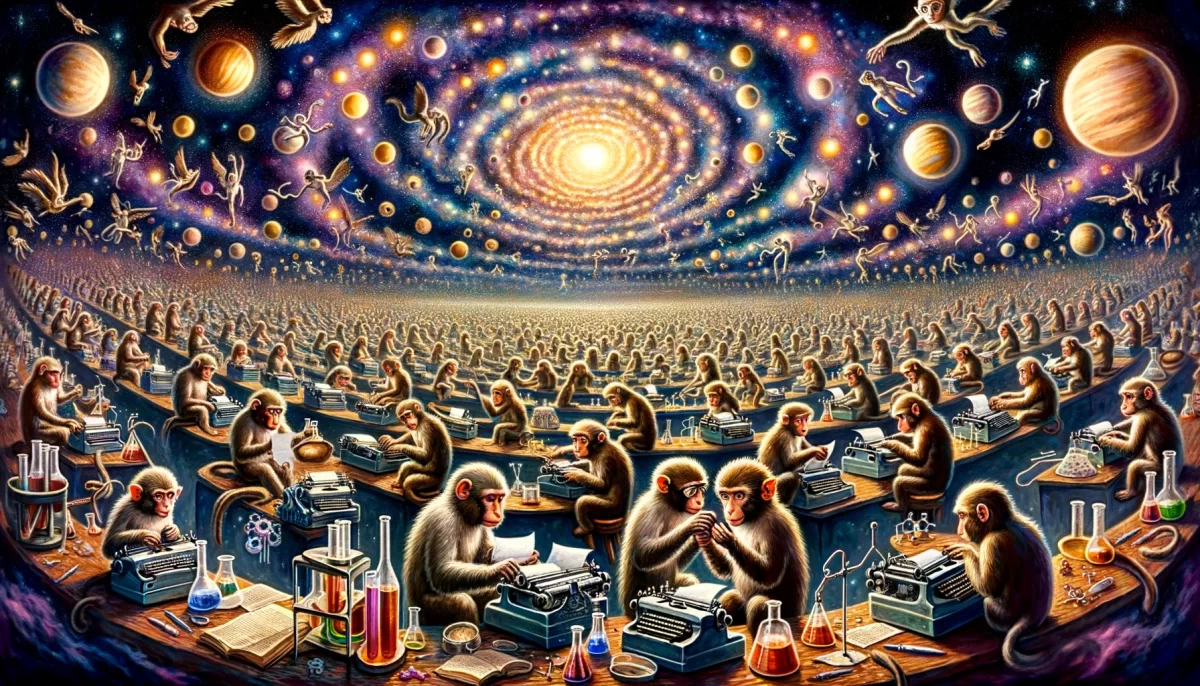
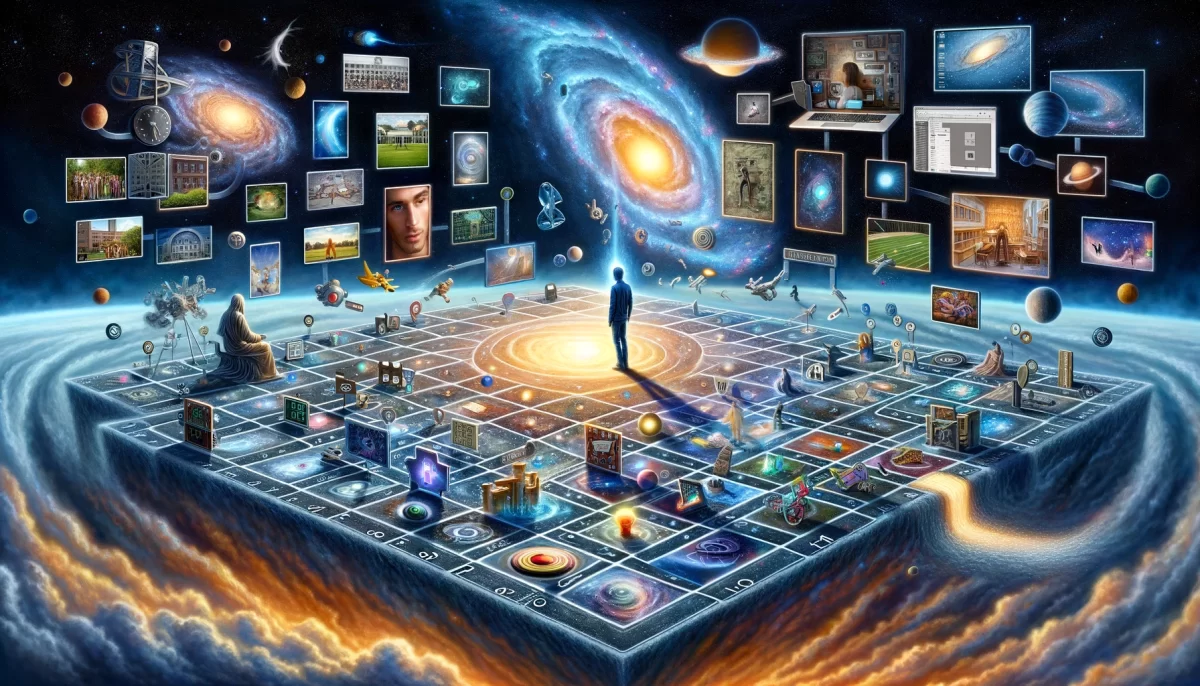
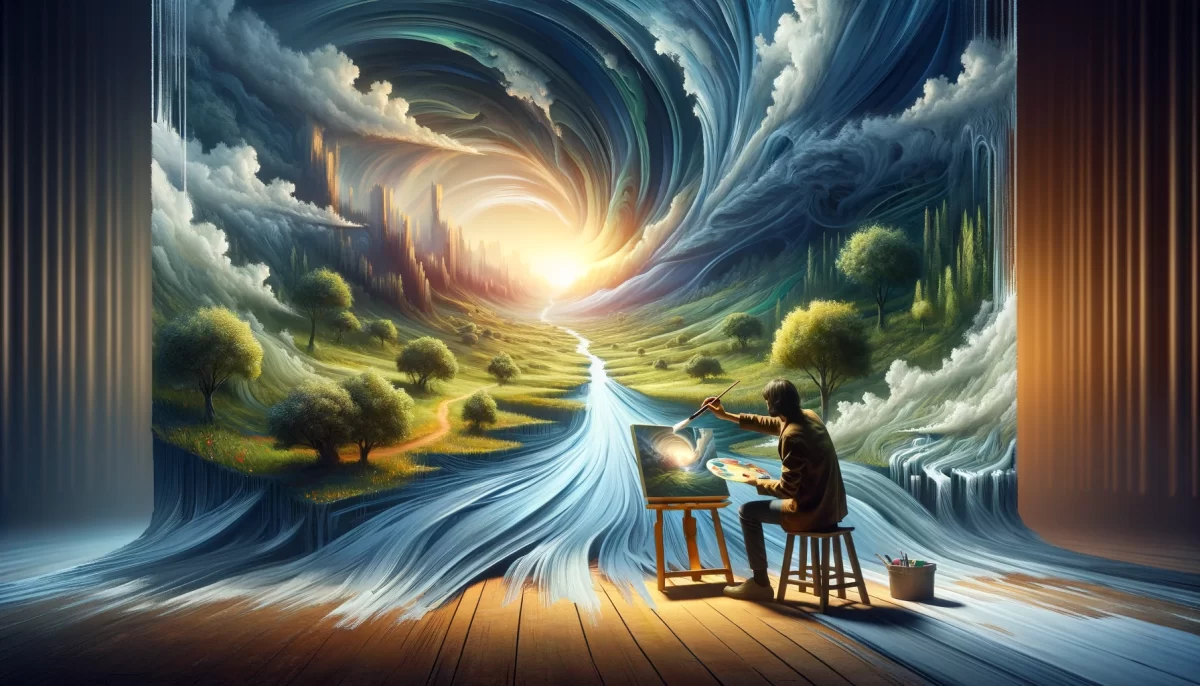
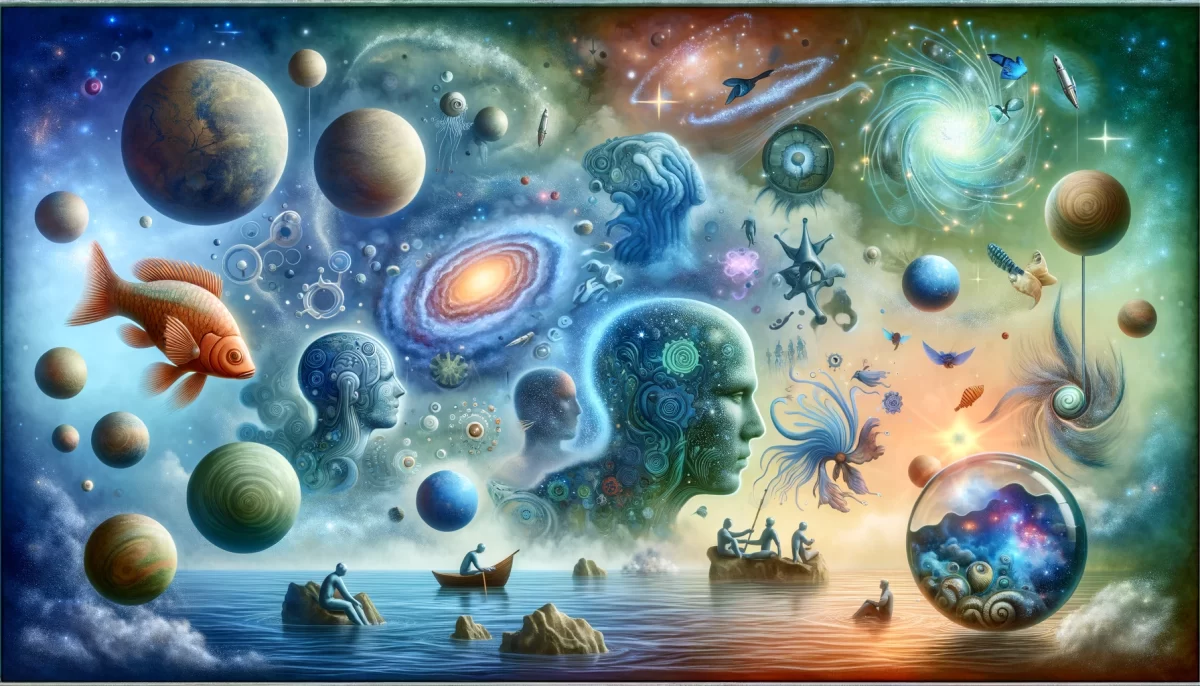
Leave a Reply